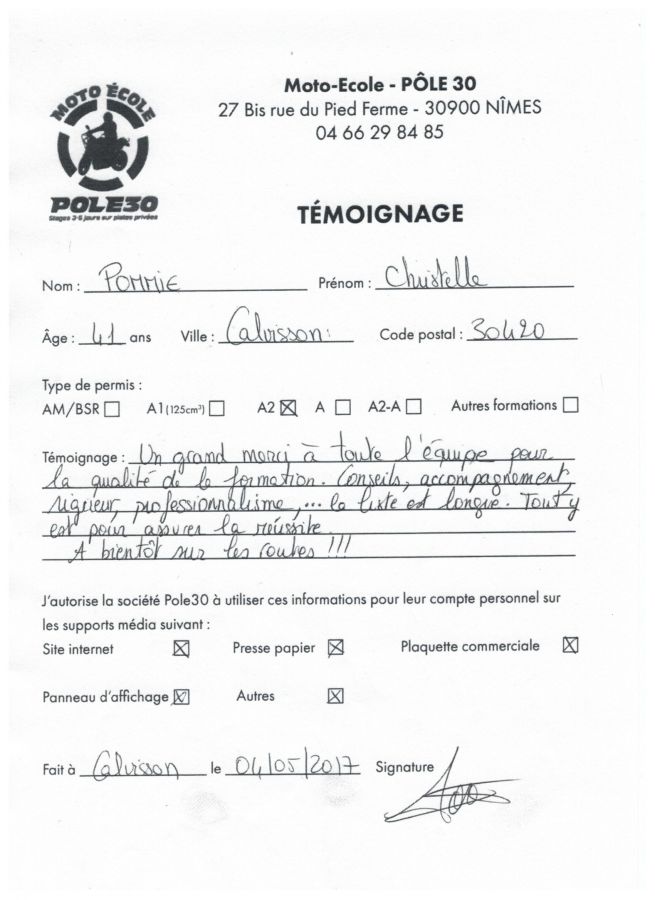

The heavy chain contains two functional domains (HC and HN). BoNTs are type A-B heteromeric molecules first produced as 150 kDa single-chain protoxins, which are subsequently activated by proteolytic cleavage to generate a disulfide bond-linked structure containing a 50 kDa light chain and a 100 kDa heavy chain. Several cases of botulism, caused by BoNT/A, B and E, have been reported, but only 1% of all food poisoning-related cases of botulism, including adult toxin coinfections, are associated with BoNT/F. Four BoNT serotypes (A, B, E and rarely F) are responsible for most cases of human botulism. In 2014, a new serotype H was proposed, but further analysis indicates that it is a hybrid-like BoNT containing regions of similarity of BoNT/A1 and BoNT/F5 and was completely neutralized by serotype A antitoxin. BoNT are grouped in 7 serologically distinct serotypes (A to G). An intoxication with BoNT is characterized by flaccid and life-threatening muscle paralysis that requires long term treatment in an intensive care unit. or by colonization of the gastrointestinal tract by BoNT-producing clostridia. This does not alter our adherence to all the PLOS ONE policies on sharing data and materials, as detailed online in the guide for authors.īotulism is a life-threatening disease associated with foodborne poisoning caused by intoxication with botulinum neurotoxins (BoNTs) that are produced by the spore-forming bacteria Clostridium botulinum and certain other Clostridium spp. There are no patents, products in development or marketed products to declare. Remi Urbain and Alexandre Fontayne are employed by LFB Biotechnologies. The specific roles of these authors are articulated in the ‘author contributions’ section.Ĭompeting interests: André Frenzel has a part time contract with YUMAB GmbH. Fontayne, but did not have any additional role in the study design, data collection and analysis, decision to publish, or preparation of the manuscript. LFB Biotechnologies provided support in the form of salaries for authors RU and A. 241832 granted to the AntiBotABE project. This is an open access article distributed under the terms of the Creative Commons Attribution License, which permits unrestricted use, distribution, and reproduction in any medium, provided the original author and source are credited.ĭata Availability: All relevant data are within the paper and its Supporting Information files.įunding: We acknowledge funding from the European Community’s Seventh Framework Program (FP7/2007-2013) under agreement no.

Received: JAccepted: AugPublished: August 25, 2016Ĭopyright: © 2016 Miethe et al. Liu, Naval Research Laboratory, UNITED STATES (2016) Development of Germline-Humanized Antibodies Neutralizing Botulinum Neurotoxin A and B. The synergistic effect and high humanness of the selected IgGs makes them promising lead candidates for further clinical development.Ĭitation: Miethe S, Mazuet C, Liu Y, Tierney R, Rasetti-Escargueil C, Avril A, et al. The germline-humanized IgGs hu8SEM120-IIIC1, hu8A1HC38, hu8BLC3 and hu8B2-7 were protective in vivo, when anti-heavy and anti-light chain antibodies were combined.
#Christelle pommie full
Furthermore, the neutralization efficacies of the germline-humanized antibodies were analyzed in lethal and non-lethal in vivo mouse assays as full IgG. We increased the Germinality Index (GI) of SEM120-IIIC1 to 94.5%, for A1HC38, to 95% for BLC3 and to 94.4% for B2-7. In the present study, we humanized the macaque antibodies SEM120-IIIC1 (anti-BoNT/A light chain), A1HC38 (anti-BoNT/A heavy chain), BLC3 (anti-BoNT/B light chain) and B2-7 (anti-BoNT/B heavy chain) by germline-humanization to obtain a better potential immunotolerance in humans. In a previous work, we described the development of scFv and scFv-Fc (Yumab) from macaque origin ( Macaca fascicularis) neutralizing BoNT/A and B by targeting the heavy and light chain of each serotype. Well tolerated antibodies neutralizing BoNTs are required to deal with the potential risk. Due to the high toxicity of BoNTs the Centers for Disease Control and Prevention (CDC) have classified BoNTs as category A agent, including the six biological agents with the highest potential risk of use as bioweapons. To date, 7 serologically distinct serotypes of BoNT (serotype A-G) are known. Botulinum neurotoxins (BoNTs) are counted among the most toxic substances known and are responsible for human botulism, a life-threatening disease characterized by flaccid muscle paralysis that occurs naturally by food poisoning or colonization of the gastrointestinal tract by BoNT-producing clostridia.


 0 kommentar(er)
0 kommentar(er)
